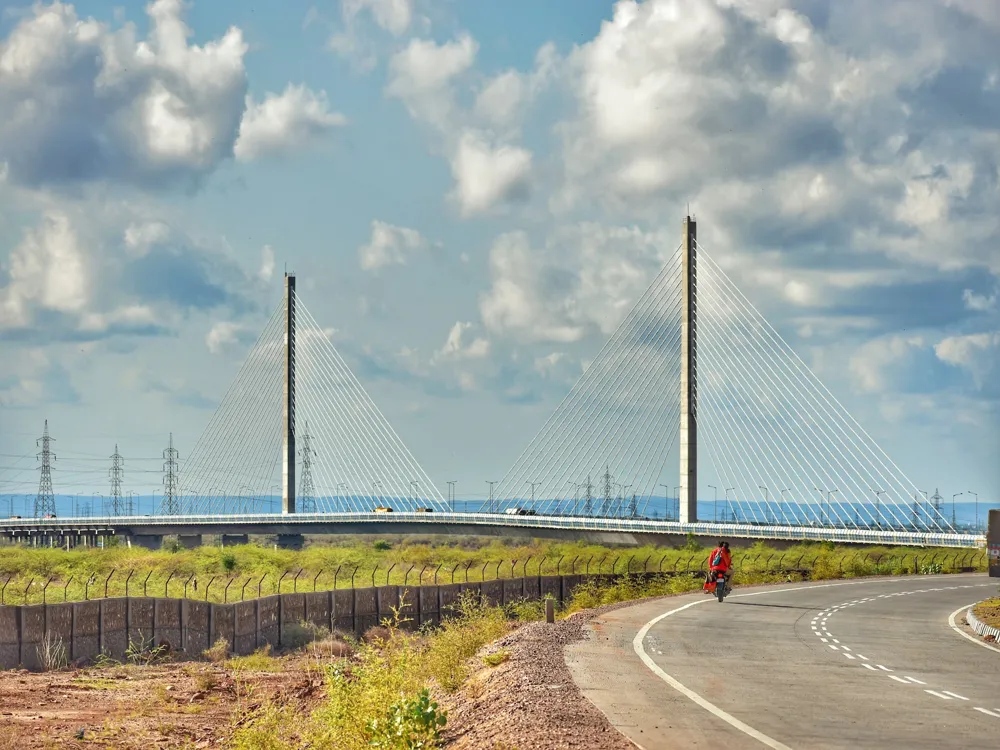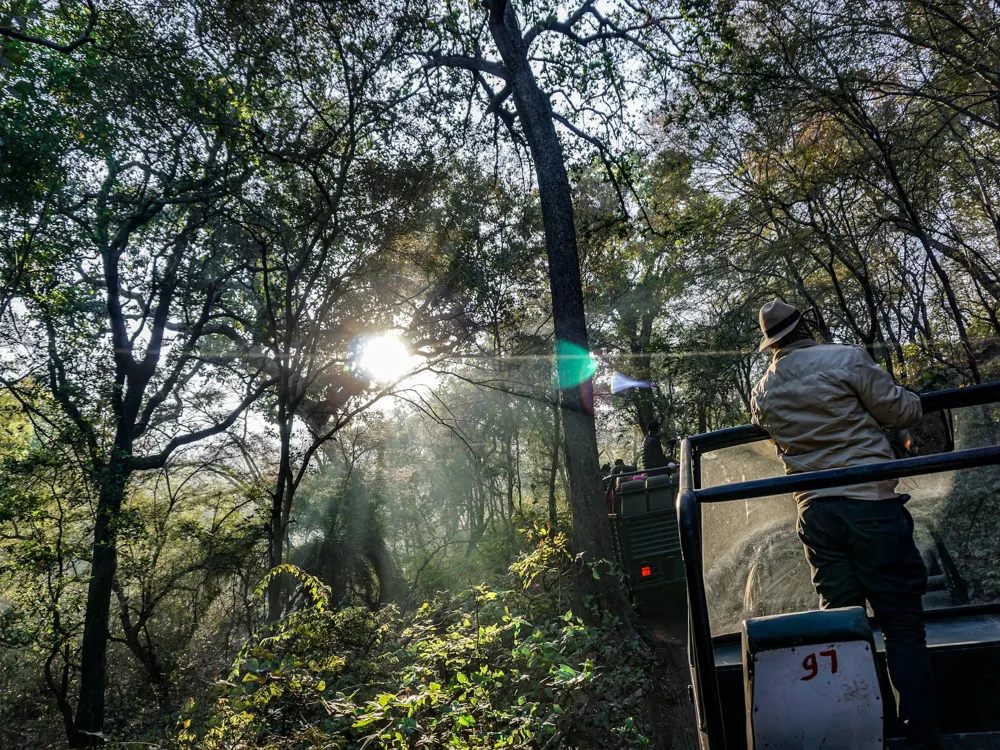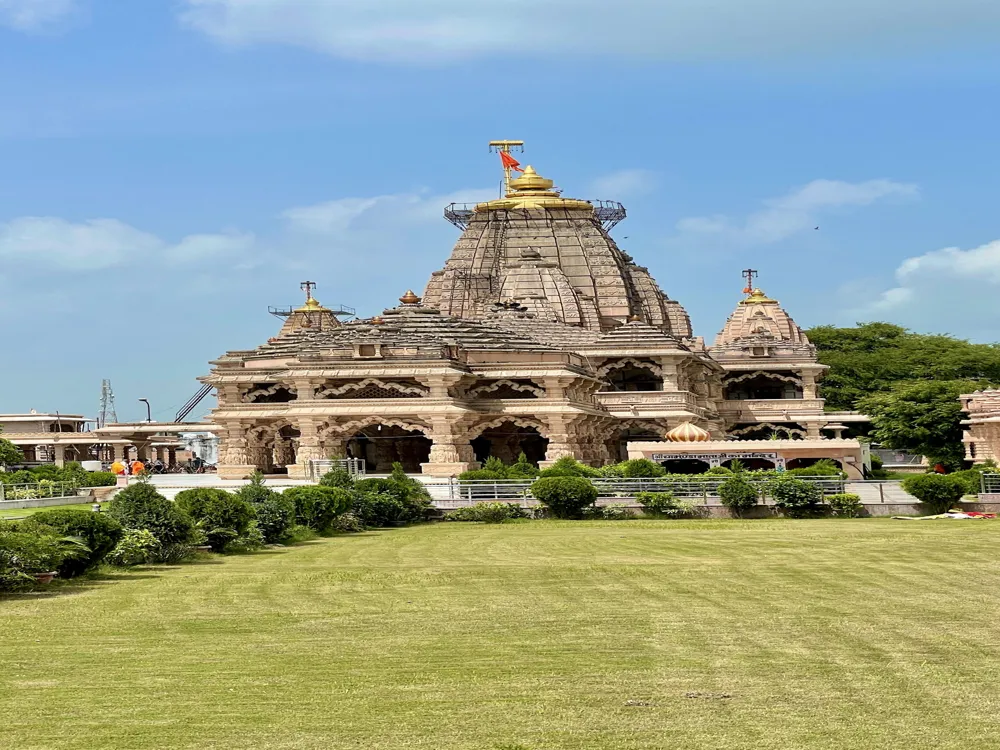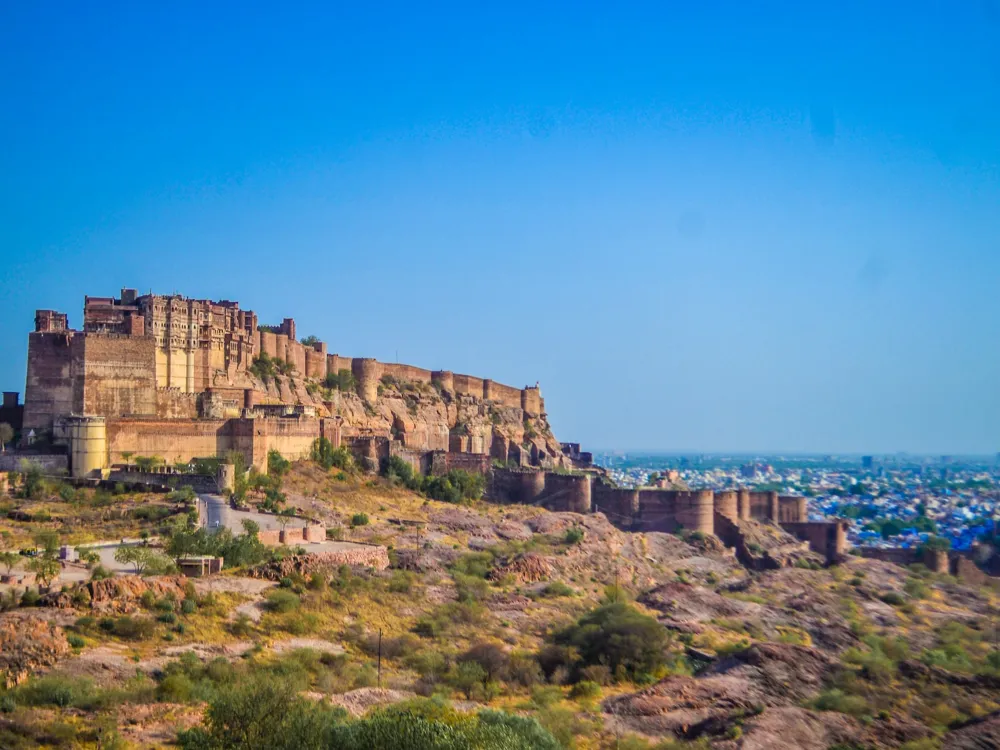Raniji Ki Baoli, also known as the Queen's Stepwell, is a magnificent example of ancient Indian architecture, located in the heart of Kota, Rajasthan. This stepwell, which dates back to the 17th century, is not just a testament to the region's historical and cultural significance but also a marvel of engineering and artistry. The Raniji Ki Baoli is not just a water reservoir; it's a gathering place for the community, a venue for cultural activities, and a reflection of the era's advanced understanding of water management. The baoli was built under the patronage of a Rajput queen and showcases the exquisite craftsmanship of the time. The structure is adorned with intricately carved panels, featuring religious and mythological motifs, which reflect the spiritual beliefs and artistic sensibilities of the period. The stepwell served as more than just a functional water storage system; it was a symbol of prosperity and an essential element of the social and cultural life in Kota. Today, Raniji Ki Baoli stands as an important historical site, attracting tourists and history enthusiasts from all over the world. Its architecture, which beautifully combines utility with aesthetics, makes it a must-visit destination for anyone interested in the rich heritage of Rajasthan. The architecture of Raniji Ki Baoli is a splendid example of the fusion of functionality and beauty, characteristic of Indian stepwells. Built primarily of sandstone, the baoli is a multi-storied structure, descending several levels below the ground. Each level is adorned with intricately carved pillars, arches, and balconies, showcasing the expertise of the Rajasthani artisans. One of the striking features of the Raniji Ki Baoli is its detailed carvings that cover almost every inch of the structure. These carvings depict a variety of themes, including Hindu gods and goddesses, flora and fauna, and scenes from daily life. The motifs are not just decorative but also serve to narrate stories and convey messages from ancient scriptures. The stepwell was ingeniously designed to conserve water, a precious resource in the arid region of Rajasthan. Its deep structure allowed it to tap into groundwater sources, ensuring a steady supply throughout the year. The layered steps provided easy access to the water, and the shaded pavilions offered a respite from the harsh sun. This architectural marvel not only highlights the artistic vision of the era but also its advanced understanding of environmental sustainability. The ideal time to visit Raniji Ki Baoli is between October and March when the weather in Rajasthan is relatively cooler and more pleasant. This period also coincides with several local festivals, providing a glimpse into the vibrant culture of the region. Visitors are advised to dress modestly, keeping in mind the cultural sensitivities of the local community. Comfortable footwear is recommended as the site involves a fair amount of walking and climbing steps. Raniji Ki Baoli offers numerous photogenic spots. Early morning or late afternoon light is ideal for photography, highlighting the intricate carvings and the play of light and shadow in the baoli. Opting for a guided tour can enhance your experience, providing insights into the history, architecture, and cultural significance of the stepwell. While exploring the baoli, be mindful of the uneven steps and low ceilings. The site may not be fully accessible for visitors with mobility issues. Raniji Ki Baoli is easily accessible from major cities of Rajasthan. If you are traveling from Kota, the baoli is just a short drive away. For those coming from other cities, the nearest airport is in Jaipur, from where you can take a train or bus to Kota. Local transportation like taxis and auto-rickshaws are readily available in Kota to take you to Raniji Ki Baoli. Read More:Overview of Raniji Ki Baoli in Kota, Rajasthan
Architecture of Raniji Ki Baoli
Tips When Visiting Raniji Ki Baoli
Best Time to Visit
Dress Code and Etiquette
Photography Tips
Guided Tours
Safety and Accessibility
How To Reach Raniji Ki Baoli
Raniji Ki Baoli
Kota
Rajasthan
NaN onwards
View kota Packages
Kota Travel Packages
View All Packages For Kota
Top Hotel Collections for Kota

Private Pool

Luxury Hotels

5-Star Hotels

Pet Friendly
Top Hotels Near Kota
Other Top Ranking Places In Kota
View All Places To Visit In kota
View kota Packages
Kota Travel Packages
View All Packages For Kota
Top Hotel Collections for Kota

Private Pool

Luxury Hotels

5-Star Hotels

Pet Friendly
















